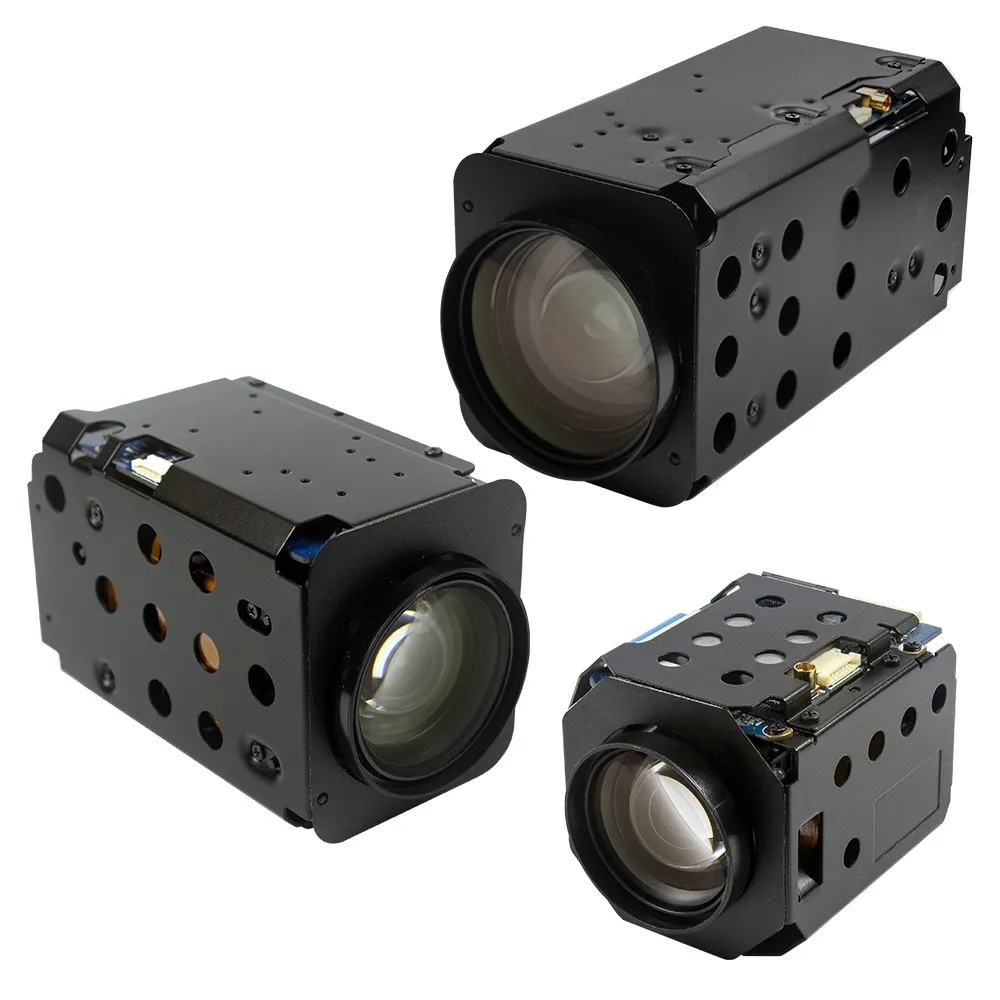Stemmer Imaging, JAI distributor in several European countries, has announced the new JAI AD-081GE dual CCD camera.
February 6, 2012
Read time: 1 min

Independent control of the shutter and gain for each sensor not only allows the camera to be configured for high dynamic range (HDR) applications but makes it particularly suitable for applications where two extremes of light levels may need to be imaged. Each sensor can be set to give optimum sensitivity for a particular light level.










